You don’t have to match your sideboard with your dining table. No rule says they need to look the same. What matters is the style and atmosphere you want to create in your dining room.
Matching sets offer a uniform, cohesive style. This approach brings order and tradition to your dining space. The coordinated look feels complete and intentional.
Mixing different pieces brings its own rewards. The eclectic charm of combined styles adds designer flair and personality. Your room becomes uniquely yours, with a contemporary edge that feels fresh.
Today's design trends lean toward the curated approach. Rooms that look collected over time feel more authentic than those that are showroom-perfect. This style tells a story rather than presenting a single moment.
Why Match Your Sideboard and Dining Table?
Matching furniture sets bring distinct advantages to your dining room. The cohesive look creates a balanced design while simplifying your decorating process.
This timeless approach takes the guesswork out of furniture selection and delivers a coordinated aesthetic. The classic choice remains popular because it consistently delivers beautiful results.
Cohesive Look and Harmony
A sideboard and table from the same collection share design DNA that creates visual harmony. The identical wood finishes and matching hardware produce an orderly appearance that feels complete. This unified approach gives your dining room a polished feel that looks intentional and well-planned.
The beauty lies in how matched pieces blend seamlessly into your decor. Rather than competing for attention, they form a calm backdrop that lets other elements shine. Your space gains the peaceful quality that comes from thoughtful coordination.
Ease of Decorating
Matched furniture provides a solid foundation for your design choices. Wall colors become obvious rather than puzzling. Rug selection flows naturally from your established base.
The unified furniture creates a canvas for personal expression through artwork, centerpieces, and seasonal decorations. Pops of color through table linens and accessories bring life to the neutral foundation.

Classic and Safe Choice
This straightforward approach eliminates design anxiety. The polished, organized feel happens naturally without extensive design knowledge. Your dining room gains sophistication through simplicity.
Why You Don't Have to Match
Mixing furniture styles transforms your dining room into something more than decor. This modern approach becomes an opportunity for self-expression and creates genuinely dynamic spaces.
Your sideboard can evolve from simple storage into a striking focal point. The unique character, personal expression, and eclectic style you achieve align perfectly with current design trends.
Expressive, Personalized Style
Mixing different styles, materials, and colors creates a dining room that truly reflects your personality. The eclectic combinations produce interesting spaces that feel personal and authentic. A vintage sideboard paired with a modern table tells your story better than any catalog set.
This freedom means choosing individual pieces you genuinely love. Buy that spectacular antique buffet without worrying about finding a matching table. Each piece earns its place through its own appeal.
Design Trend: Curated, Not Catalogued
Professional designers recognize that exact matching can appear passé or boring. Today's approach favors curated spaces that look collected over time. These rooms develop character through thoughtful selection rather than showroom purchasing.
Your non-matching sideboard becomes a secondary focal point or functional art. That painted console or carved vintage piece draws attention while providing essential storage.
Flexibility in Furniture Choice
Shopping without constraints opens endless possibilities. Select your sideboard based on storage capacity, unique finishes, or standalone beauty. The right piece might be modern lacquer, distressed farmhouse, or mid-century teak.

Avoiding Monotony
Contrast brings visual pizzazz and depth to dining spaces. A painted sideboard alongside a natural wood table creates dynamic interest. Sleek modern pieces paired with rustic tables produce unexpected harmony.
The key lies in making differences distinctly different. Bold contrasts look intentional and sophisticated. Subtle mismatches risk appearing accidental rather than artistic.
Tips for Coordinating Your Sideboard and Table
Coordinating furniture goes beyond simple matching. These practical approaches ensure harmony between pieces, whether identical or deliberately different.
The goal isn't to create cluttered or chaotic spaces—it's to achieve intentional blends that feel thoughtfully composed. Finding the right links between pieces transforms a dining room from random to refined.
Find a Common Element
Different materials and colors work together through shared common elements. These subtle connections create cohesion without requiring identical pieces.
Style provides the first connection point. Mid-century pieces naturally complement each other, even in different woods. Hardware creates another bridge—brass pulls unify disparate finishes while adding warmth.
Shared shapes, like tapered legs or curved edges, establish visual rhythm. Wood undertones offer the subtlest link. A walnut sideboard and cherry table both carry warm undertones that naturally harmonize.
Consider Proportions and Scale
Proportion serves as the foundation for successful pairings. Poor scale relationships immediately disrupt a room's balance, making spaces feel off or cluttered.
The sideboard should measure 60-75% of the dining table's length. This ratio creates visual harmony—a six-foot table pairs beautifully with a four to five-foot sideboard.
Height relationships matter equally. Sideboard surfaces work best at or slightly above table height, typically landing between 30-36 inches.
Clearance demands equal attention. At least 30 inches of walkway space allows comfortable movement and practical access to doors and drawers.
Coordinate Styles (or Deliberately Contrast)
High contrast creates drama and interest. A rustic farmhouse table gains sophistication when paired with a sleek, lacquered sideboard. This deliberate tension becomes the room's defining feature.
Style consistency with varied finishes offers another approach. Farmhouse pieces in natural oak and painted white maintain stylistic harmony while adding visual depth through contrasting surfaces.
Use Decor to Soften Transitions
Accessories bridge gaps between different furniture pieces. Area rugs anchor dining spaces while weaving together colors from both the sideboard and table. The rug becomes the unifying element that makes deliberate choices appear effortless.
Sideboard styling creates additional connections. Lamps, vessels, and artwork pull materials, colors, or textures from the dining set. These decorative elements establish a visual dialogue between furniture pieces.
Trust Your Eyes and Instincts
Personal preference ultimately guides successful coordination. Combinations that feel right in your space work regardless of conventional rules. Comfort and confidence in your choices matter most.
Shopping becomes easier with visual references. Photos of existing pieces help envision how potential sideboards will integrate into established spaces. This practical step prevents costly mistakes while building confidence in mixing styles.
Final Thoughts
The question of matching ultimately comes down to personal preference. Your dining room should reflect what makes you comfortable and happy in your home. The answer? Only if you want them to.
Matching sets provide a classic, coordinated foundation that creates effortless harmony. This timeless approach simplifies decorating decisions and establishes a polished backdrop for your dining experiences.
Mixed pieces introduce character and designer flair into your space. The curated look showcases your personality and creates rooms that feel authentically you, rather than catalog-perfect.
Both approaches work beautifully with proper attention to scale and proportion. Select pieces you genuinely love—ones that make you feel comfortable every time you enter the room. Your dining space should inspire contentment, whether through serene coordination or dynamic contrast.
Related Reading:



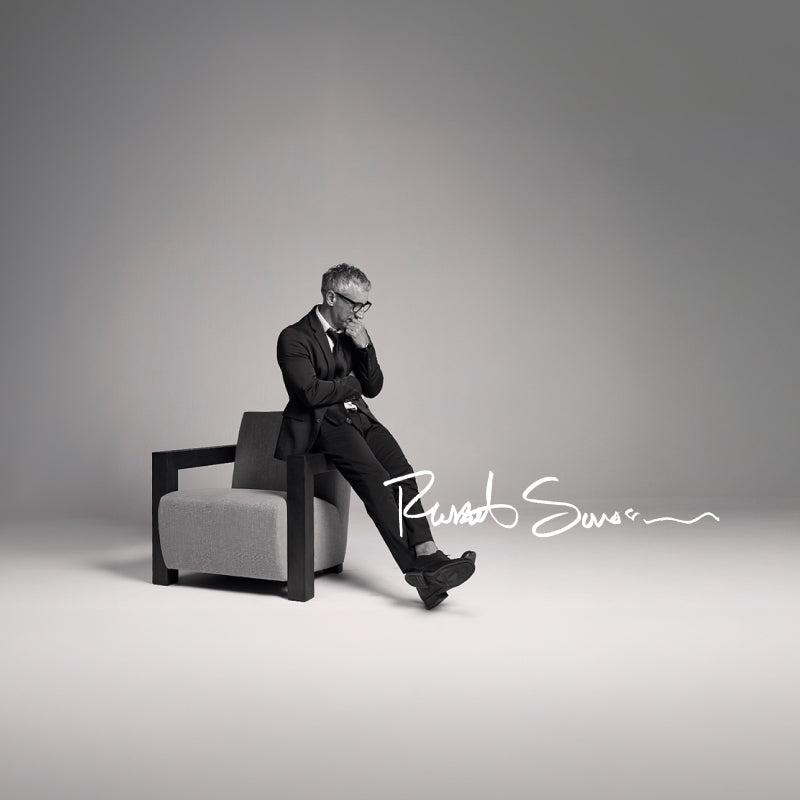
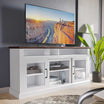
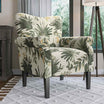
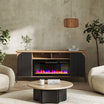


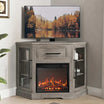


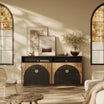

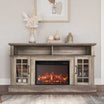
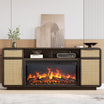






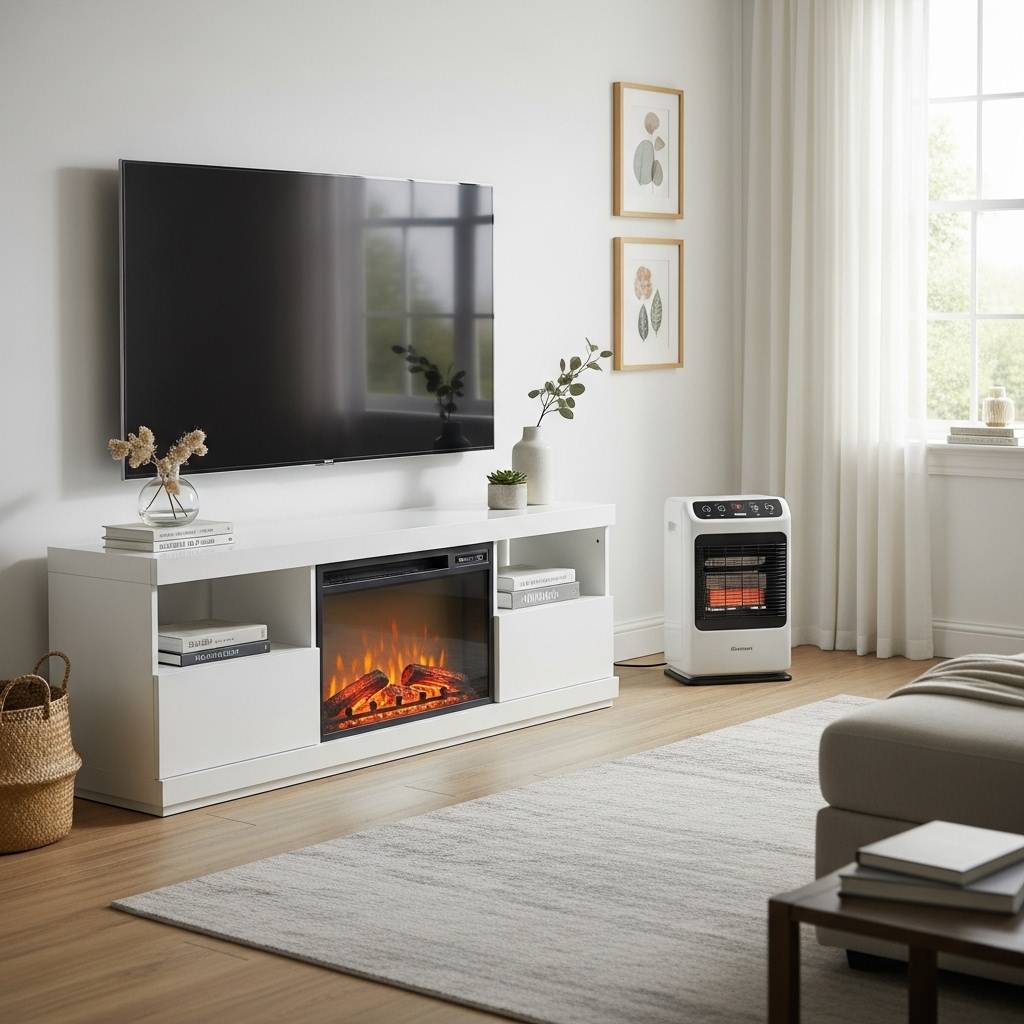

Leave a comment
This site is protected by hCaptcha and the hCaptcha Privacy Policy and Terms of Service apply.